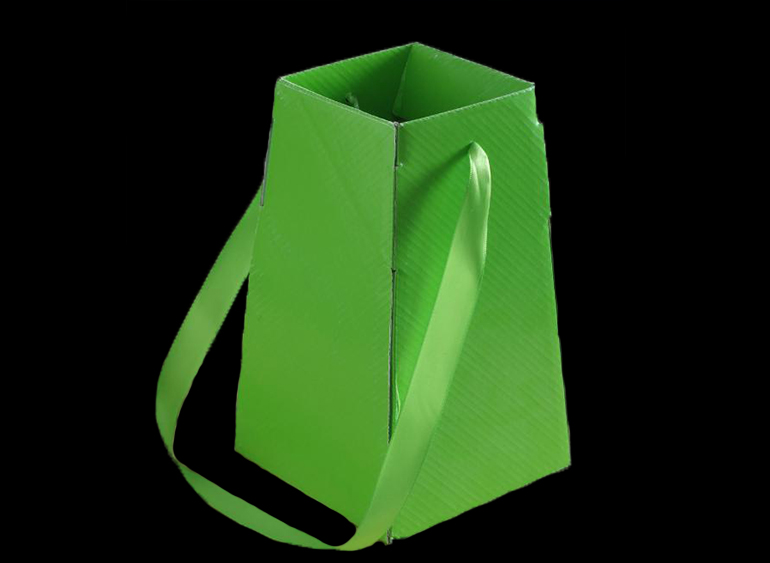In the crisis-ridden hours after birth, newborn mammals must be able to survive the sudden loss of food supplies from their mothers. Under normal circumstances, the newborn will initiate a metabolic response to resist hunger until feeding. This survival response involves a process called autophagy that regulates the breakdown of internal energy. Although autophagy has been fully confirmed, the key mechanism regulators of autophagy in vivo are still poorly understood.
Researchers from the Whitehead Institute discovered a family of nutrient-sensing enzymes, Rag GTPases, and confirmed that it regulates the activity of the mTORC1 protein complex. Inhibition of the mTORC1 protein complex is necessary for neonatal autophagy and survival. The research findings were published this week in the journal Nature.
Leading the study was David Sabatini, a member of the Whitehead Institute. In an earlier in vitro study, Sabatini confirmed that mTORC1 can sense the presence of important amino acids through interaction with Rag GTPases.
To evaluate the effect of the Rag GTPase-mTORC1 relationship on mammals, the laboratory generated a genetically engineered mouse capable of continuously expressing the active GTPase RagA form and compared them with wild-type mice. In normal mice, RagA is activated when nutrients are present, thereby turning on mTORC1 signaling and regulating the growth of organisms that respond to nutrient supply. If the mice are deprived of nutrients and RagA is turned off, mTORC1 will be inactivated, and autophagy will be activated to help the animal through the difficult period until the next feeding. However, in genetically engineered mice, despite the lack of effective nutrients, the continued activity of RagA maintained mTORC1 activation. mTORC1 does not trigger autophagy, the animal's metabolism remains unchanged, causing its nutritional crisis and death.
Sabatini said: "We were very surprised by the events that occurred in newborn animals with the RagA enzyme. A normal newborn animal will respond to this situation within one hour after birth, but newborn animals carrying RagA are not It will lead to its death. Because it cannot adapt, it has caused a huge energy and nutrition crisis. "
These findings also surprised Alejo Efeyan, the first author of the paper and a postdoctoral researcher in Sabatini's laboratory.
Efeyan said: “We were surprised that no independent inhibition of this signal by RagA was found, which means that there is no backup system. In addition to the known amino acid sensor function, RagA is a more extensive nutrition sensor.â€
In the past, the Sabatini laboratory determined the function of RagA as an amino acid sensor in cultured cells. When Efeyan compared the nutritional levels of fasting newborn RagA active mice with fasting young rats carrying normal RagA, it was found that not only did amino acids of RagA active animals decrease, but glucose levels were also at dangerously low levels. These animals cannot "perceive" the decrease in both, so RagA-active pups cannot initiate autophagy, and all pups die within a few hours of birth.
The discovery of this new function of RagA indicates that there are still many unknowns about the biology of nutrition sensing, and Sabatini and his laboratory will continue to investigate this research area. (Bioon.com)
Dry Flower Packaging
Sunshine packaging supplys a wide variety of florist packaging, such as boquet vase, posy box, handtied bag, porto bag, pot cover. Custom design and printing are available. Special structures make it much easier to pack and much durable during dlivery, especially pop up and flat pack design.
Detailed Images:




Description of Sunshine Dry Flower Packaging
Product Name : Flower bouqet packaging
Material: Cardboard paper, kraft paper, art paper, or as per your requirements
Size: Customized size
Color: CMYK or Pantone color or customized
Printing : Offset printing,flexo printing
Surface processing: Lamination, vanish, UV coating, PE Coating, Embosing, Hot stamping
Packaging: Customized
Quality control: Paper material seletion, pre-production insection, Machine testing, Inspection during Assembling, Semi-finished products inspection, Production inspection Packing: Standard export carton or as per customer's requirmenet
Lead time: Sample time: 7~10days; Mass prodction: 4~5weeks according to the order quantity
Payment term:T/T: 30% deposit,the balance paid against copy of bill of lading.
Dry Flower Packaging
Dry Flower Packaging,Flower Shelf,Rose Box,Plant Sleeve
Weifang Sunshine Packaging Co., Ltd. , https://www.paperboxbagpack.com